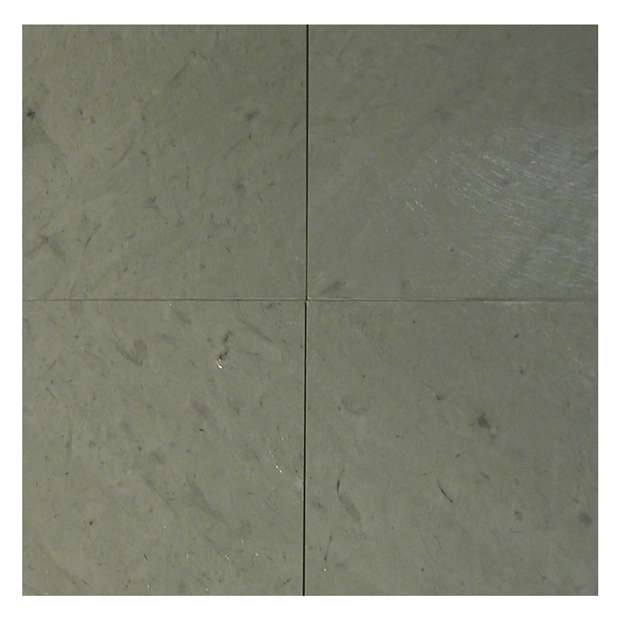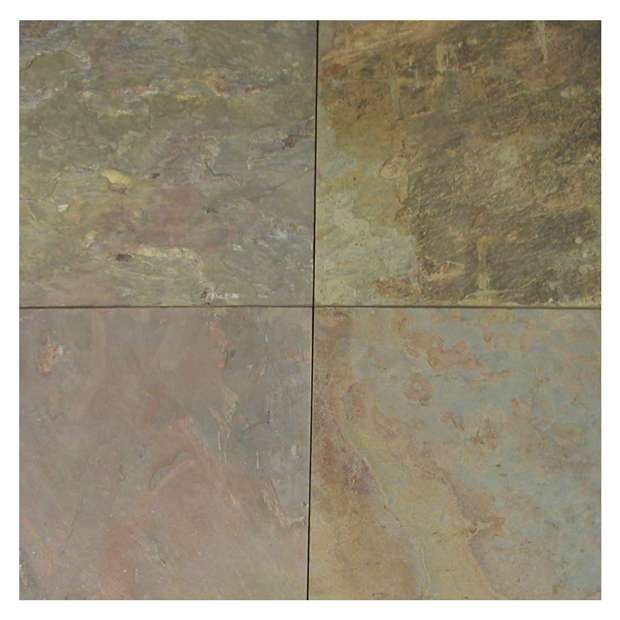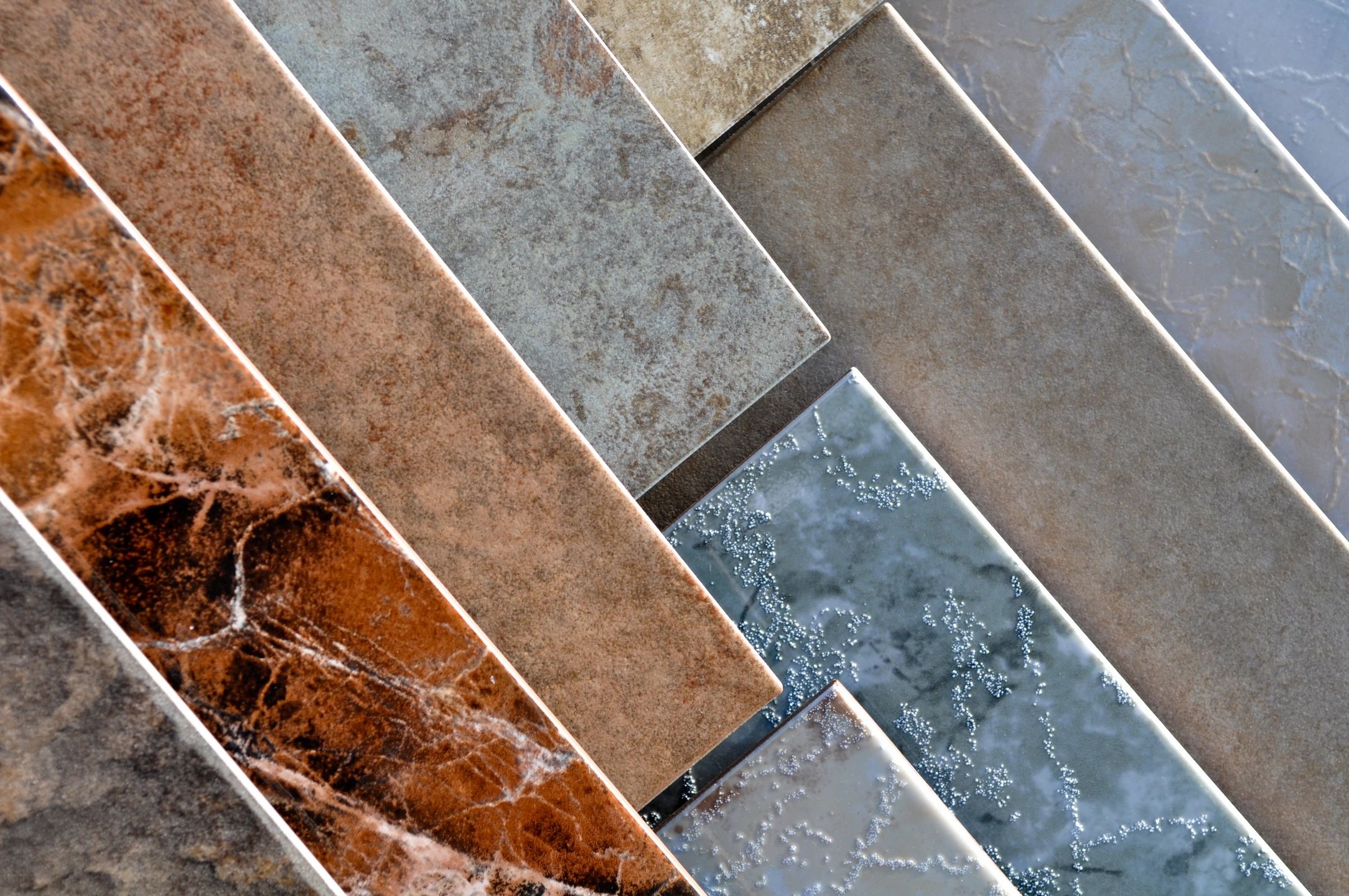Slate Colors
Slate is a fine-grained, foliated, homogeneous, metamorphic rock derived from an original shale-type sedimentary rock composed of clay or volcanic ash through low-grade regional metamorphism. The result is a foliated rock in which the foliation may not correspond to the original sedimentary layering. Slate can be made into roofing slates, also called roofing shingles. Slate has two lines of breakability: cleavage and grain. This makes it possible to split slate into thin sheets. Fine slate can also be used as a whetstone to hone knives. Due to its thermal stability and chemical inertness, slate has been used for laboratory bench tops and for billiard tabletops. In 18th and 19th century schools, slate was extensively used for blackboards and individual writing slates for which chalk pencils were used. Because it is a good electrical insulator and fireproof, it was used to construct early 20th-century electric switchboards and relay controls for large electric motors.
Slate tiles are often used for interior and exterior flooring or wall cladding. Tiles are installed and set on mortar and grouted along the edges. Chemical sealants are often used on tiles to improve durability and appearance, increase stain resistance, reduce efflorescence, and increase or reduce surface smoothness. Tiles are often sold gauged, meaning that the back surface is ground for ease of installation. Slate can be set into the walls to provide a rudimentary DPM(Damp Proof Membrane). Small offcuts are used as shims to level floor joists. When broken, slate produces a natural appearance while remaining relatively flat and can be easily stacked. Silicone glue adheres to slate, creating a non-toxic bond to secure it. It is also used in stairs and pathways for the same reasons.




